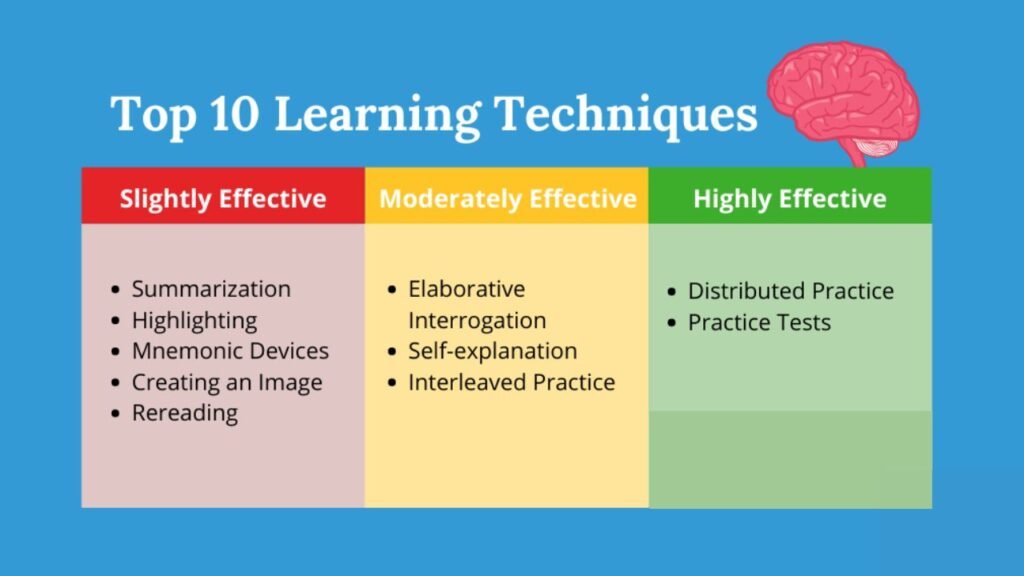It’s both exhilarating and terrifying to be a beginner in a new language. Everybody is concerned about how to learn Japanese because of anime, travel, culture, or work. Japanese looks daunting to start because it’s a new alphabet and other-worldly sounds. Luckily, the right method can make the learning process much faster. If you want to learn Japanese quickly, you need a schedule that is simple, clear, and easy to follow.
You’ll see strategies that work, tools that help, and tips that save time. We’ll also look at real facts and examples so you understand what works best. By the end, you’ll know practical ways to move forward in your learning journey.
Why Do People Want to Learn Japanese Fast?
Most students ask this: “Why should I learn Japanese quickly or slowly?” It’s about motivation and efficiency. According to a Statista survey, more than 3.6 million people around the world are learning Japanese. They want to use it to travel, watch anime or films, do business, or study. Learning fast makes you highly motivated.
Some become interested in watching Japanese media such as anime or manga or J-pop. Other students want to relocate to Tokyo or Kyoto or Osaka and be able to speak the native language. Some want work opportunities since Japan has a large world economy.
Learning fast doesn’t mean skipping the basics. It’s about focusing on time-efficient ways that work. If practice is sharp and goal-oriented, done in minimal daily practice, and savvy tools, then fast confidence follows. It’s about learning smarter, not harder.
What Makes Japanese Seem Hard to Learn?

It’s a good idea to know about chief challenges in advance. Japanese has been ranked by the United States Foreign Service Institute (FSI) as one of the most challenging languages for a speaker of English. Professional fluency might take as long as 2,200 contact hours of class time. Don’t be discouraged the students often reach conversationally competent levels long ahead of time.
Challenges include:
Three scripts: Hiragana, Katakana, and
Grammar variations: Japanese has a subject–object–verb word order.
Politeness levels: Your words alter the person you speak to.
Kanji difficulty: It has thousands but only around 2,000 per day.
Even amidst these hindrances, students bend rules by starting out with spoken Japanese early, memorizing some basic phrases, and practicing everyday immersion. Being aware of difficult parts allows one to avoid frustration and make better choices about techniques.
How Can You Set Goals for Learning Japanese Fast?

Clear objectives are the beginning point if knowing how to learn Japanese fast is your goal. If you have no objectives, then you can easily become lost or confused. Goals provide direction and a way to measure progress.
One simple way:
Short-term goals: Learn simple greetings and numbers within a week.
Medium-term targets: Hold a simple conversation within three months.
Long-term goals: Watch anime without translation or travel speaking only Japanese within a year.
Research shows that goal-setters who jot down objectives accomplish things 42% more often. Write your objectives in a notebook or app. Make an effort to be specific, like “I will memorize 30 words this week” instead of “I will memorize vocabulary.”
When you achieve small wins, then you continue to be motivated. Goals will further keep your mind fixed only on what’s important and not on peripheral study.
Which Methods Work Best for Learning Quickly?

If your issue is how to learn Japanese quick, then fast-working methods are what you need. Some work better than others.
Here are proven methods:
Spaced repetition apps: Tools like Anki or Quizlet help remember words.
Shadowing technique: Practice repeating phrases in spoken English.
Immersion: Breathe in Japanese TV shows, podcasts, and music.
Daily speaking: Just a few minutes with a partner increases fluency.
Mnemonics: Use memory tricks to recall Kanji shape and meaning.
Research shows that a student who practices a little bit every day progresses faster than a student who practices a lot but only once a week. Practice does pay. Experiment with alternating reading, listening, writing, and speaking so that you practice every skill.
What Are the Best Tools and Resources?
Technology makes it easier to master Japanese faster. To understand how to learn Japanese quickly, you need the right resources.
Here is a table showing useful tools:
| Resource Type | Example Tools | How It Helps |
|---|---|---|
| Vocabulary Apps | Anki, Memrise | Builds memory through spaced repetition |
| Grammar Guidelines | Tae Kim’s Book | Describes sentence structure understandably |
| Language Exchange Apps | HelloTalk, Tandem | Enables communication with native speakers |
| Audio Practice | Pimsleur, JapanesePod101 | Improves listening and speaking |
| Learning Kanji | WaniKani, Study Kanji | Makes learning characters a breeze |
How Much Should You Study Daily?
Consistency trumps long hours. Experts recommend 20–30 minutes a day rather than three hours a week. If you want to know how to learn Japanese quick, take notice of regular practice.
Example:
10 minutes’ vocabulary practice
Listening to Japanese audio for 10 minutes
10 minutes’ practice in speaking or writing
This is a total of only 30 minutes. A study at Cambridge University shows that shorter but frequent practice has better retention. Work on language learning in the same manner that you work on exercise the more frequent it is, the better your abilities become.
Busy people can still manage to squeeze out 20 minutes a day. Utilize travel time, breaks or nights.
How Can You Practice Speaking Japanese Fast?
Speaking is generally the hardest but most satisfying skill. Most reading practice is done too long and too little speaking practice. If your goal is how to learn Japanese fast, then speak from the very first day.
Practicing speaking ways:
Talk to an online language partner.
Record yourself reading lines and practice comparing with native speakers.
Shadow anime or drama lines by repeating them out loud.
Employ voice recognition programs that verify pronunciation.
A 2021 study discovered that learners who speak at least 15 minutes a day become fluently sooner by 30%. Don’t wait until you “feel ready.” Start speaking right now, even if it’s incorrect. Mistakes happen while learning.
What Role Do Culture and Immersion Play?
Culture and language can’t be separated. To learn how to learn Japanese quick, we need to become connected to culture. What is meant here is living surrounded by the language whenever we can.
Ways to immerse yourself:
Watch Japanese programs subtitled and unsubtitled.
Change your phone’s settings to Japanese.
Cook Japanese recipes.
Hear J-pop or newscasts daily.
Label objects around your home with Japanese words.
Studies indicate that students who get exposed to culture memorize words fast. If words have any connection to reality, then they stick in memory. It also instills natural expressions and not textbook expressions.
Can You Learn Japanese Fast Without a Teacher?
Some ask if they can study alone. Yes. With self-study materials on line, you can go quite a ways. A teacher makes things go a lot faster. Teachers correct errors, drill on the grammar, and provide structure.
If you self-study, then you need to be disciplined. Utilize apps, books, and practice partners. Many students reach a good conversation level without lessons. But a mix of self-study and tutelage is better for rapid progress.
Final Thoughts
Many people ask if learning fast is realistic. The truth is, fluency takes time. But reaching a strong beginner or intermediate level quickly is possible with focus. If you follow the right methods, set goals, and stay consistent, you will see progress.
Remember:
Connect with culture for deeper learning.
Practice daily, even for 20 minutes
Use modern tools and apps.
Speak as much as you can.
If your goal is to be able to watch anime unsubtitled, travel Japan without any hindrance, or speak to native friends, then it can be achieved. It’s not about efforts but making smart efforts. With patience and a right approach, you will find how to become quick and proficient in Japanese and have a blast while doing it.


No responses yet